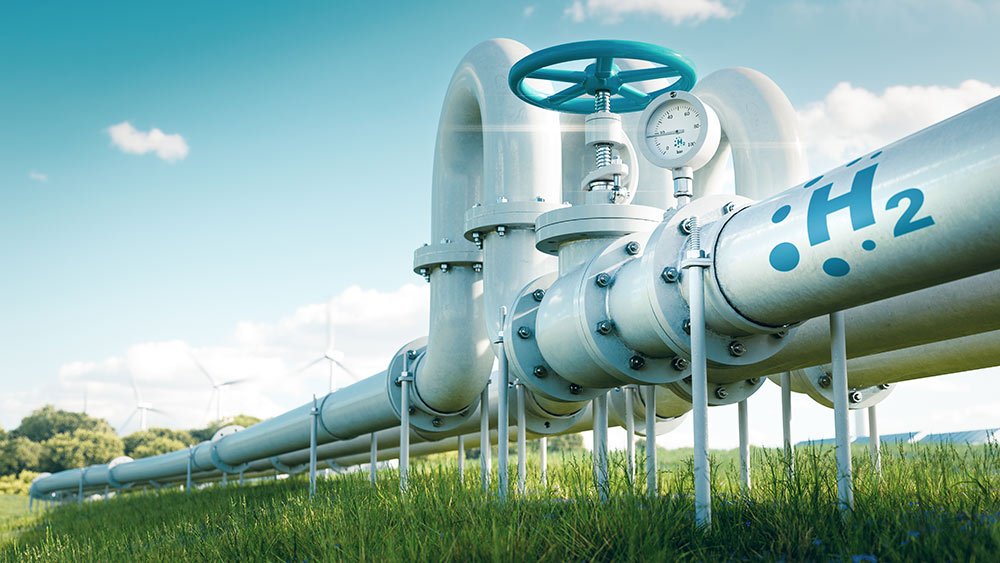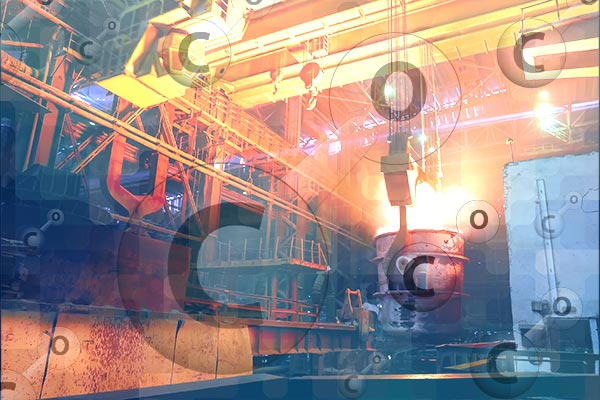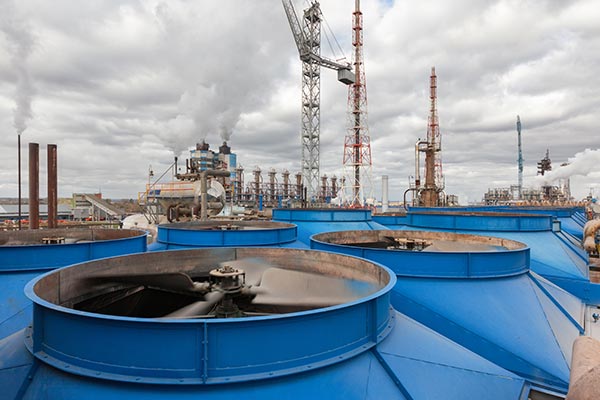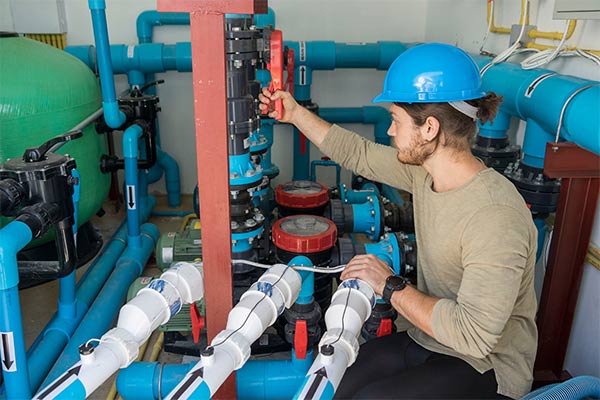Safety Practices

07/08/2023
Hydrogen Gas Detection: Best fixed-gas detection
Posted by Rhys Redrup
Hydrogen is a colourless, odourless, and tasteless gas that is highly flammable and explosive. It is essential to have effective gas detection systems in place to protect people and property from the hazards of hydrogen leaks. This may seem an obvious statement, but our engineers have come across examples where the working layout of an...
Read


29/06/2023
Dangers of CO (Carbon Monoxide) Poisoning
Posted by Rhys Redrup
Carbon monoxide (CO) is a poisonous, colourless, odourless, and tasteless gas. It is a common industrial hazard resulting from the incomplete burning of material containing carbon such as natural gas, gasoline, kerosene, oil, propane, coal, or wood. CO can be produced by forges, blast furnaces and coke ovens, but the internal combustion engine is one...
Read


09/06/2023
Identifying and Managing Risks Caused by Ammonia
Posted by Rhys Redrup
Ammonia (NH3) is a colourless, highly toxic gas with a pungent odour. It is a non-flammable gas at low concentrations (less than 15% by volume in air), but it can become flammable at higher concentrations. It is also corrosive and can cause serious health problems if inhaled. Hazards caused by the chemical can include: Fire...
Read


23/05/2023
About Fixed Gas Detection, HSE EH40 and Chlorine Gas
Posted by Rhys Redrup
Fixed Gas Detection and Chlorine Gas. The HSE EH40 is a guidance note published by the Health and Safety Executive (HSE) for the United Kingdom. It provides information on the control of exposure to hazardous substances at work. The note includes a list of Workplace Exposure Limits (WELs) for over 500 substances. WELs are the...
Read






